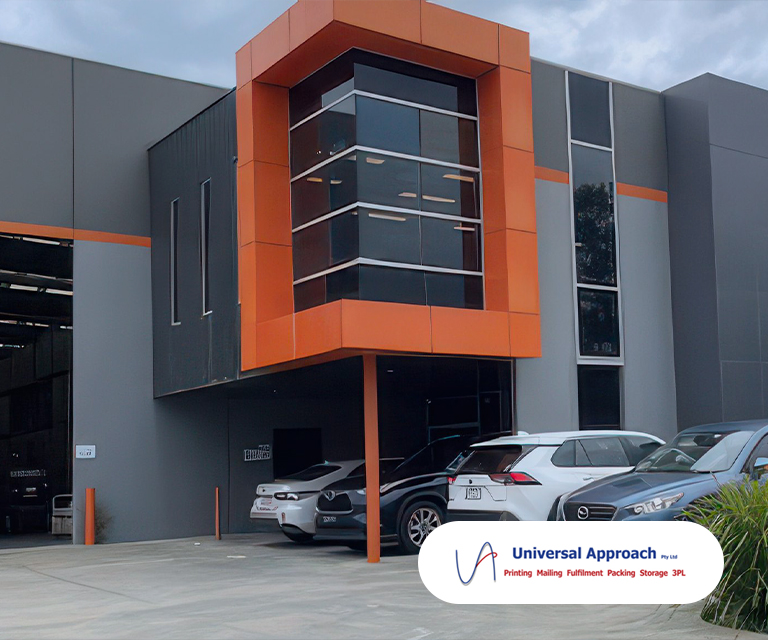The possibility of being replaced by a robot, being there without leaving your house, and the potential disappearance of the corporate ladder are all looking like becoming realities for the workplace. We’ll outline the key trends when it comes to workforce transformations and how technology will affect the employee operations in the future workplace.
1. Radically shifted by robots
The rise of artificial intelligence (AI) and robotics shows no sign of slowing down. In fact, Jon Williams, an analyst at professional services firm PwC predicts the Australian government will soon have to develop policies that let them support the development of new jobs and new industries or risk a hugely disaffected group whose job in a factory will disappear without necessary replacements.1
It might sound sinister, but that frees up a lot more humans to help developed economies diversify even further.
2. Flattening hierarchies
Its official, the corporate ladder’s days, and rungs, are numbered. It’s becoming increasingly apparent that in the 21st century workplace, hierarchies are ‘flattening’ with less need for multiple layers of management. As we continue to move from an industrial age to digital and become a more diverse workforce demanding increasingly collaborative and flexible work environments, the old ladder is becoming more of a grid-like structure.
The days of standardisation and strict hierarchies are over, in favour of a structure where ideas and employees can move along horizontal, vertical, and diagonal paths. These new networks are not only opening doors to more opportunities, but to a more agile kind of employee with multi-dimensional skills and strengths.
3. Rocked by the gig economy
The appetite of employers for mobility and flexibility, coupled with millennials’ thirst for more blended work and personal time is helping to drive a new kind of workforce. Major Australian freelancer marketplace Upwork estimate that 4.1 million people in Australia have done freelance work in the past year, making the question to ask these days not, ‘Where do you work?’ but, ‘What are you working on?’ A world where work is measured in ‘gigs’ works well for some, with surveys finding around half of freelancers feel lucky and liberated, however the other half report feeling more stressed and would rather find full-time work. But there is hope: the science of getting a ‘gig’ or full-time work is set to become more objective.
Hiring algorithms will take us beyond the ‘it’s not what you know, it’s whom you know’ to a world where candidates’ skill sets are objectively matched with job opportunities2. As technology and connectivity gather pace, so finding the best talent will become less of a full-time job.
4. Moving to the second-tier city
Sydney. Melbourne. Brisbane. These cities are all hotspots, attracting the best talent, but also generate the highest living costs. Whilst it appears these major urban centres will continue to grow, they also appear to be starting to exhaust their stores of opportunity, with rents outpacing salaries. Remote working and more tools like Dropbox, Google Hangouts, and Microsoft Teams finds us moving further away from the traditional office space. In saying so, we’re not completely isolating ourselves in the world of work, as we do still like human contact. Just another reason that the fastest-growing places to live in the last decade have been the so-called ‘second-tier’ cities. They’re cheaper to live and do business in, yet still rich in infrastructure and a sense of community.
5. The work from home era
Prior to 2019, we had seen and heard of people working remotely before, however, since the Covid pandemic the concept of working from home is a term far too familiar. People are now dividing their time between the office and home. With the secure access to cloud services, applications and storage options, the advance development of technologies has helped economies not only manage but prevail in such challenging times. This pivot has allowed employees to work and live a more flexible lifestyle.
Talk to us and see how Konica Minolta can help you transform your workplace.
1 http://www.pwc.com.au/australia-in-transition/video/the-rise-of-the-robot.html





